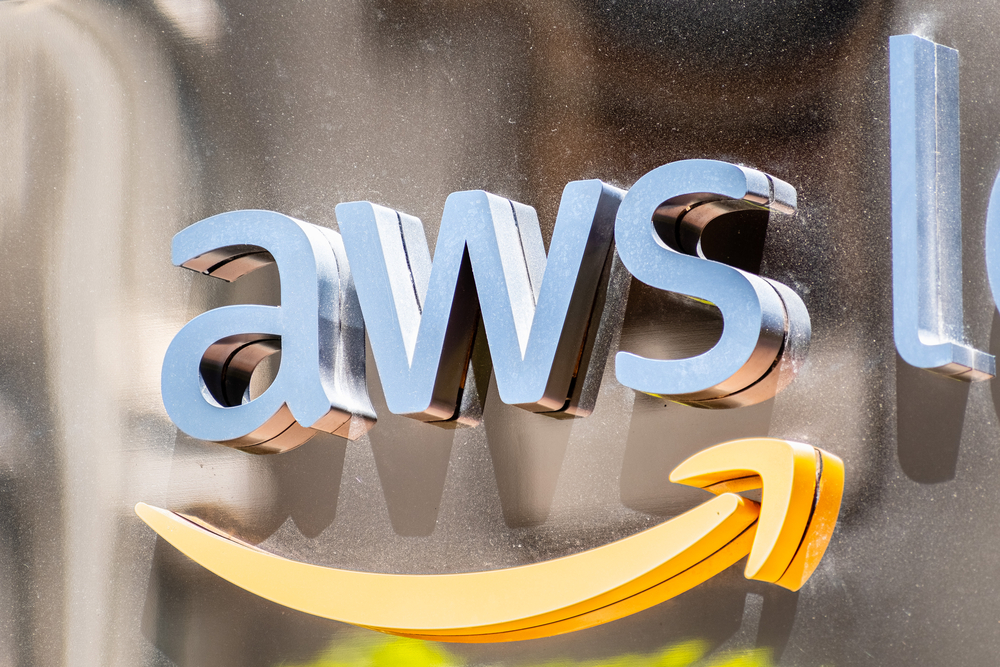

“This means they operate with a precision of maybe 99.9 percent, or what we call three nines. “In most quantum systems, information is encoded in the properties of particles, and the slightest interaction with their surroundings will destroy their quantum state,” Microsoft’s Alex Bocharov told Nature in October. By comparison, braids are relatively stable. Trapped qubits need to be isolated from interactions to maintain superposition, and are thus vulnerable to even the slightest of disturbance. The advantage is that topological quantum computers are more robust. The four-dimensional path (or world line) of two-dimensional quasiparticles called ‘anyons’ are used to form braids in a three-dimensional spacetime, which are then used to form the logic gates of the computer. Rather than having bits that are either in the state of 0 or 1, like classical computers, or having trapped quantum bits (qubits) that can be in the state of 0, 1 (both states at once, known as superposition) like in the circuit model, the Microsoft approach is perhaps even more complicated. showed that a topological quantum computer should be able to do any computation that a conventional quantum computer can do. The computational power of topological quantum computing would theoretically be equivalent to that of the quantum circuit model known to have been used by Google, although certain algorithms and problems are thought to be more suited to different architectures.Ī 2003 paper by Michael Freedman (who went on to lead Station Q), Alexei Kitaev et al. “We need scientists, engineers of all sorts, technicians, programmers, all working on the same team.Way back in 2005, Microsoft opened ‘Station Q’ to research topological quantum computing - a different type to the more standard quantum computing approaches currently being pursued by Google and IBM. “I knew that to get over the hump and get to the point where you started to be able to create machines that have never existed before, it was necessary to change the way we did business,” Marcus said in a statement. Marcus says that without cooperation between scientists and engineers, a quantum economy will never be realized. Microsoft has provided funding for an “increasing share” of the topological qubit research in their labs. Holmdahl previously worked on the development of the Xbox, Kinect and HoloLens, while Marcus and Kouwenhoven are both academic researchers that have been working with Microsoft’s quantum team for years. Ultimately, Microsoft wants to “create dependable tools that scientists without a quantum background can use to solve some of the world’s most difficult problems… that could revolutionize industries such as medicine and materials science.” “Using qubits, researchers believe that quantum computers could very quickly process multiple solutions to a problem at the same time, rather than sequentially.” “Microsoft’s approach to building a quantum computer is based on a type of qubit – or unit of quantum information – called a topological qubit,” the company says. The investment comes months after Microsoft founder Bill Gates said that quantum cloud computing could arrive in as soon as 6 years.

#MICROSOFT BIG QUANTUM ERROR ALL SOFTWARE#
The team will work to build a quantum computer while also creating the software that could run on it, Microsoft says in a blog post. The company will soon bring on Matthia Troyer and David Reilly, two other leaders in the field. Microsoft has also hired two leaders in the field of quantum computing, Leo Kouwenhoven and Charles Marcus. Microsoft is making a significant investment in its quantum computing division with the addition of several new executives, including the appointment of long-time Microsoft executive Todd Homdahl who will lead the scientific and engineering effort.


 0 kommentar(er)
0 kommentar(er)
